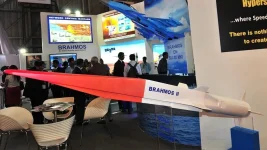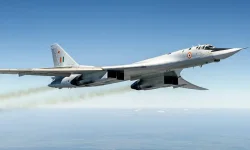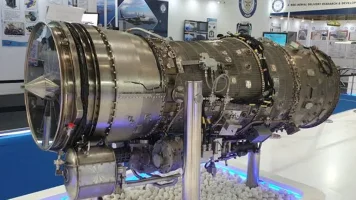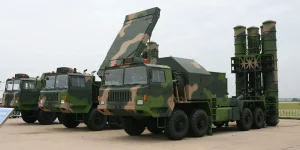- Views: 3K
- Replies: 17

India's ambitious BrahMos-2K hypersonic missile program has been put on hold due to concerns over its high development costs, according to recent media reports. The BrahMos-2K, envisioned as a derivative of Russia's 3M22 Zircon missile, was intended to achieve speeds of Mach 6-7. However, the projected per-unit cost has prompted the Indian Armed Forces to re-evaluate the program's feasibility.
With hypersonic missile technology still in its early stages globally, research, development, and production costs remain prohibitively high. The Indian Armed Forces have expressed reservations about the financial implications of acquiring a significant number of BrahMos-2K missiles at their projected cost.
Instead of pursuing the BrahMos-2K, the focus has shifted to enhancing the capabilities of the existing BrahMos supersonic cruise missile. Currently capable of speeds up to Mach 3, the BrahMos, jointly developed by India and Russia, is undergoing upgrades to its propulsion system, particularly the ramjet engine, to achieve speeds closer to Mach 5.
By attaining near-hypersonic speeds, the upgraded BrahMos would significantly improve its penetration capabilities against advanced air defence systems designed to counter traditional cruise missiles. This incremental upgrade strategy ensures the BrahMos remains a relevant and potent weapon system in modern warfare while circumventing the exorbitant costs associated with developing a new hypersonic missile.
This decision reflects a pragmatic approach to defence modernization, balancing technological ambition with fiscal responsibility. While the BrahMos-2K program may be revived in the future, the current focus on optimizing the existing BrahMos platform ensures that India maintains a credible deterrent capability while managing defence expenditure effectively.




